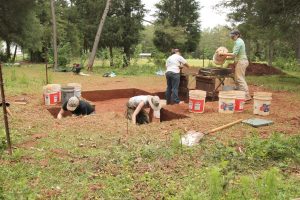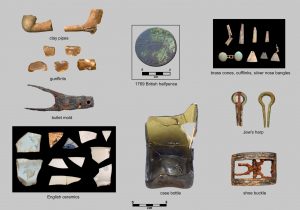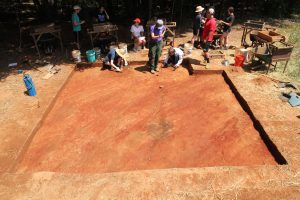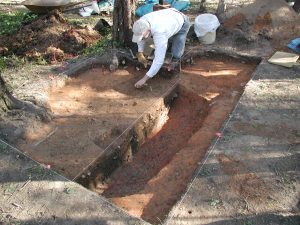Catawba Project – The Sites
| RLA archaeologists conducted excavations at seven Historic Catawba settlements: Nassaw, Weyapee and Charraw Towns (c. 1750-1759), Old Town (c. 1763-1790), the Nisbet Site (c. 1763-1780), Ayers Town (c. 1781-1800), New Town (c.1790-1820), and the Bowers site (c.1800-1820). Read more about the sites, excavations, and findings below. |







